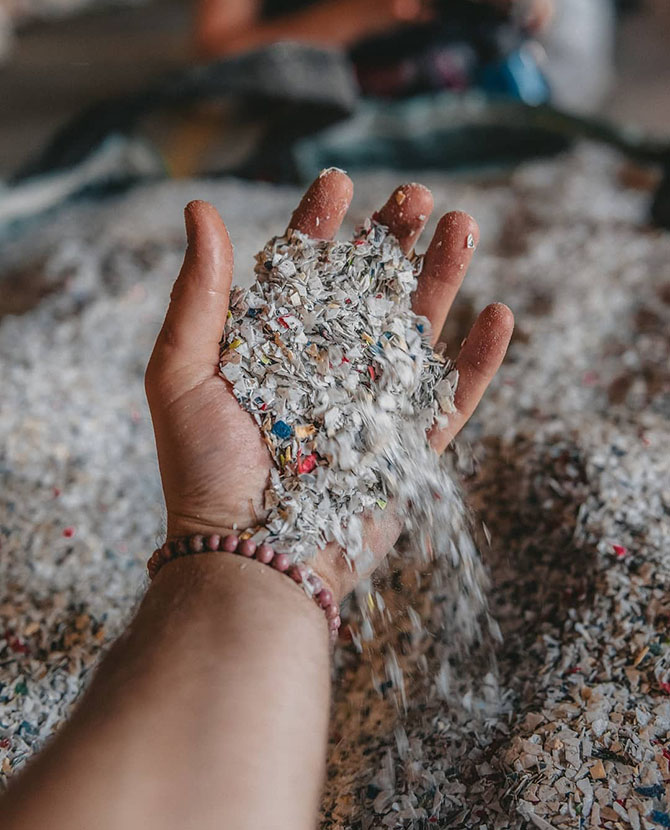Since 2017, Malaysia has been the world’s largest exporter of plastic waste, which poses a huge ecological and human risk. Recycling helps to reduce the amount of rubbish sent to landfills, in addition to conserving natural resources. It also helps in saving the energy needed to process raw materials and reduces greenhouse gas emissions.
It’s clear that our individual actions affect the well-being of our planet. The longer we continue to live unsustainably, the quicker the environment deteriorates, leaving nothing for the generations to come. To prevent this, we need to educate ourselves and be willing to change the lifestyle habits that steer us away from a green planet. Hence, change truly starts with each and every one of us doing our best!
While there is more to recycling than tossing what you think is recyclable into any recycling bin, it’s not rocket science and doesn’t have to be a pain in the a**. With a little know-how and some practice, you’ll be doing your part to save the world—superhero costume optional.
READ: 5 Artists’ repurposed book art that will take your breath away
Separate your waste
There are two main types of waste: Residual waste and recyclable waste. Residual waste is your typical kitchen waste, food waste, items considered contaminated and unrecyclable (such as the paper used to wrap roti canai), and soiled materials.
Recyclable waste, as the name implies, are those suitable for recycling. Recyclable waste can be further separated into groups, the most common ones being plastic, paper, glass/ceramics, metal, electronic waste, rubber, and fabric. Another category is bulky waste, which includes furniture and big electronic appliances such as the fridge.
In order for recyclable waste to be recycled, they must be separated from residual waste. Garden waste (plant matter) also needs to be stored in a separate bag.
Keep your recyclables clean
View this post on Instagram
Make sure to always clean your recyclable trash before placing them in the recycling bin. To keep them clean, avoid putting liquids and food waste in the same bin. Contamination can cause some materials to become unrecyclable. Also, look out for paper products that have been contaminated with grease, as these are best thrown into a normal bin.
Not all plastics are recyclable
View this post on Instagram
It’s a common misconception that just because something is made of plastic, it’s automatically recyclable. In Malaysia, there are only three types of plastics that are recyclable due to the limitations of the facilities available at recycling centers. The first is also the most common plastic used in clear bottles and food containers: Polyethylene terephthalate (PET), which has the number “1” as its recycling symbol. The second type, identified by the number “2”, is high-density polyethylene (HDPE) which is often used to make milk bottles, detergent bottles, and bottle caps. The third type, identified by the number “5”, is polypropylene (PP) which is usually made into plastic straws, bottle caps, and butter tubs.
Where to dispose of recyclable waste
Malaysia currently implements a 2+1 collection system, meaning that every week, residual waste will be collected twice and recyclable waste will be collected once. For more information on the collection schedule in your district, you can refer to this website.
You can also drop off your recyclables at these collection centers in the Klang Valley (do check if they’re open during F/MCO):
Biji-Biji Initiative
View this post on Instagram
Located in the Publika Shopping Gallery, Biji-Biji Intiative transforms plastic waste into a range of recycled products including notebooks, coasters, clothespins, customised award plaques, handles, keychains, and flower pots.
Website | Facebook | Instagram
IPC Recycling & Buy Back Centre
View this post on Instagram
| SHARE THE STORY | |
| Explore More |




